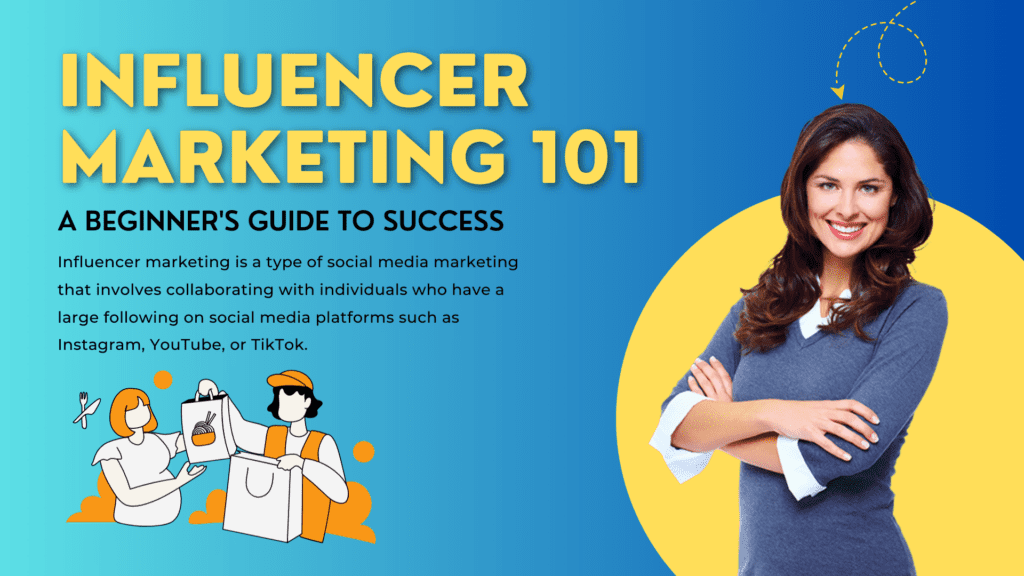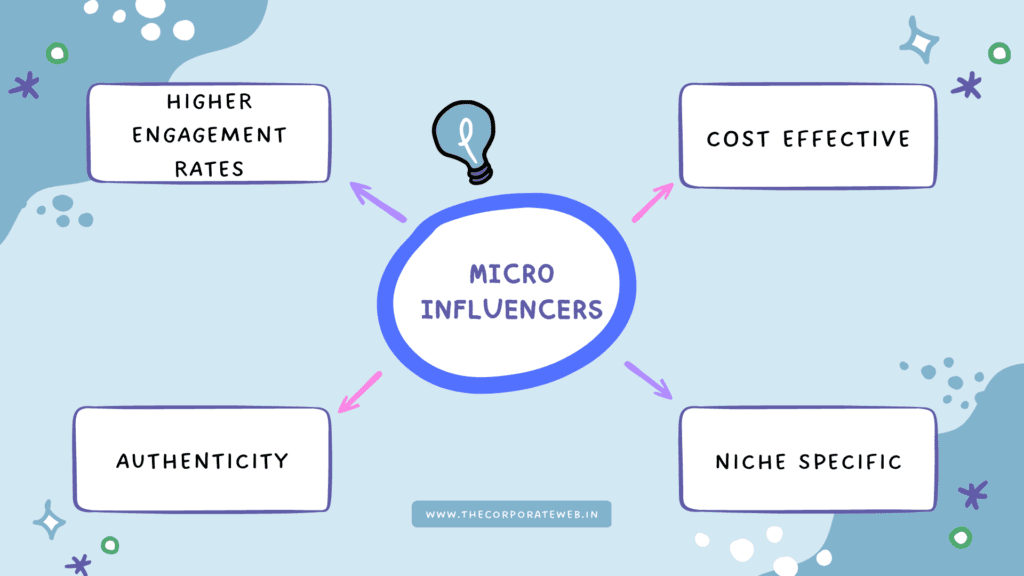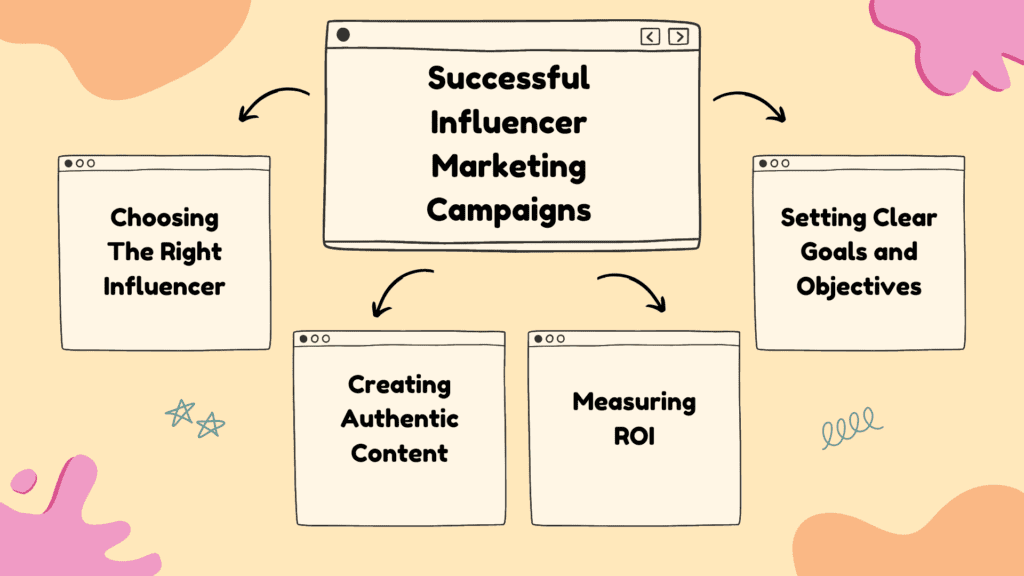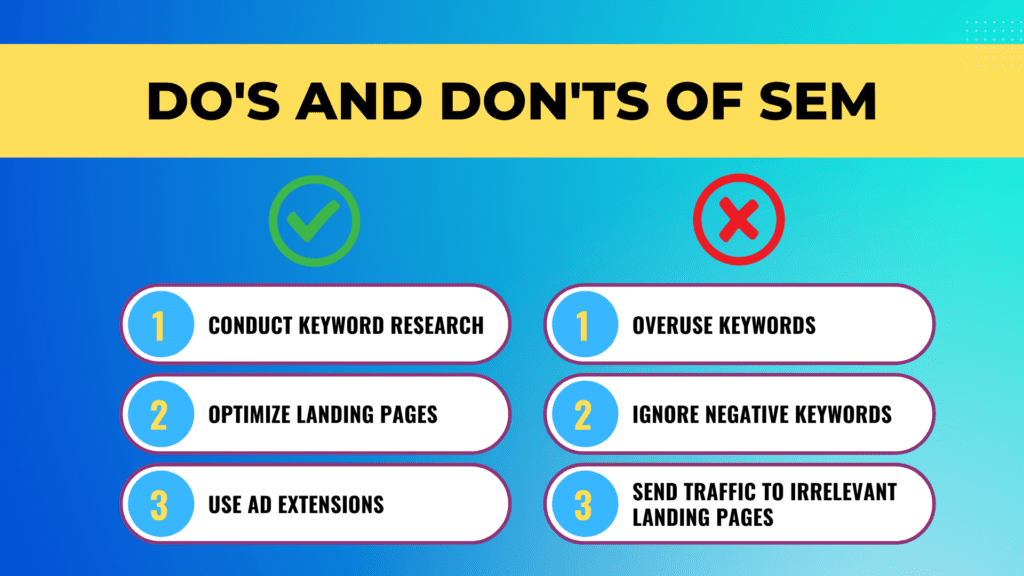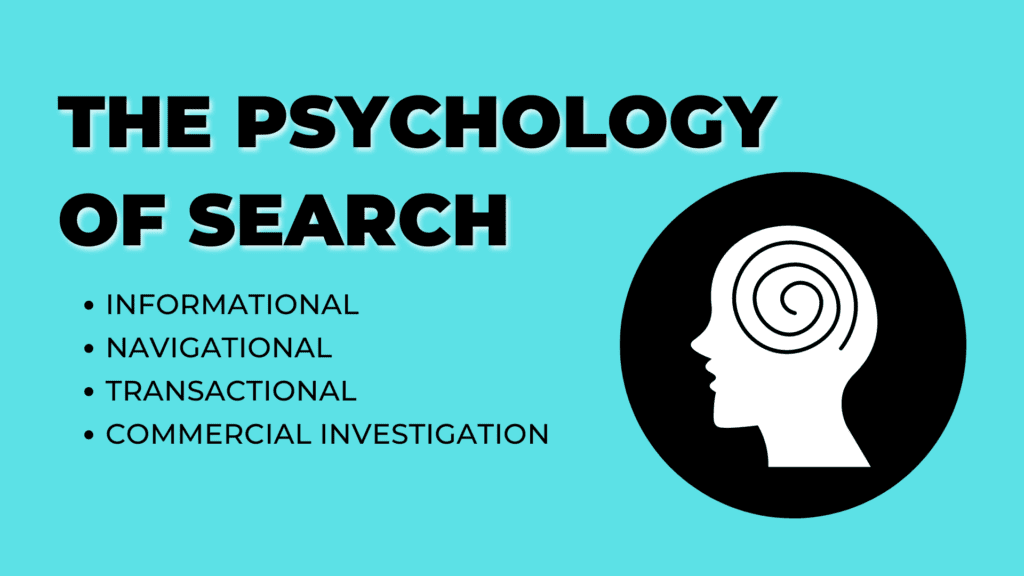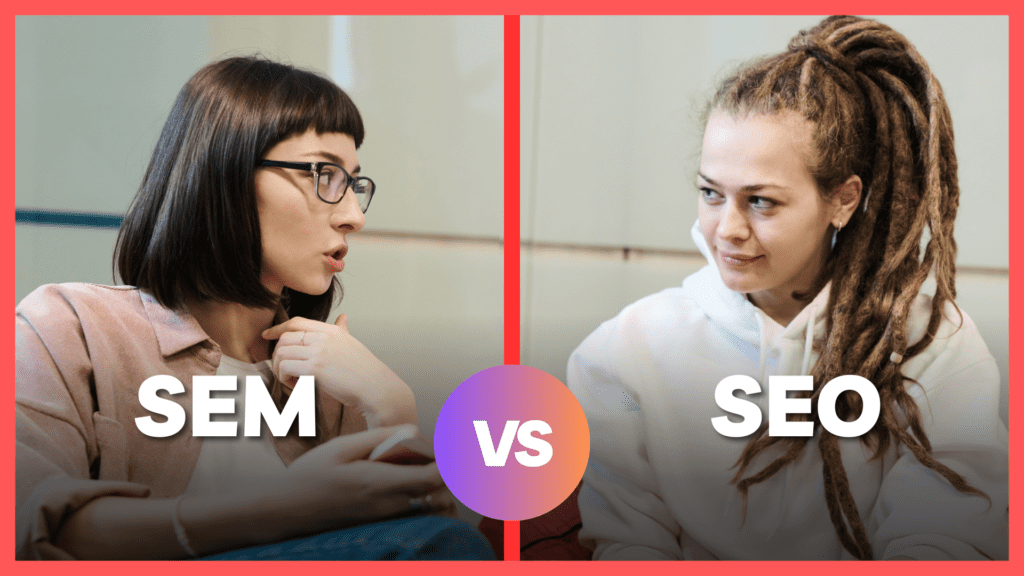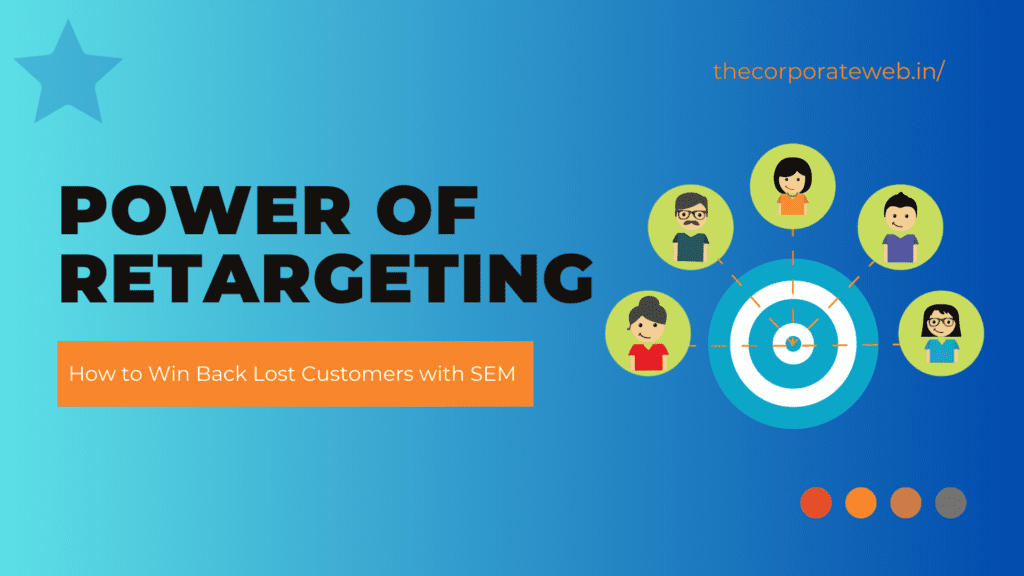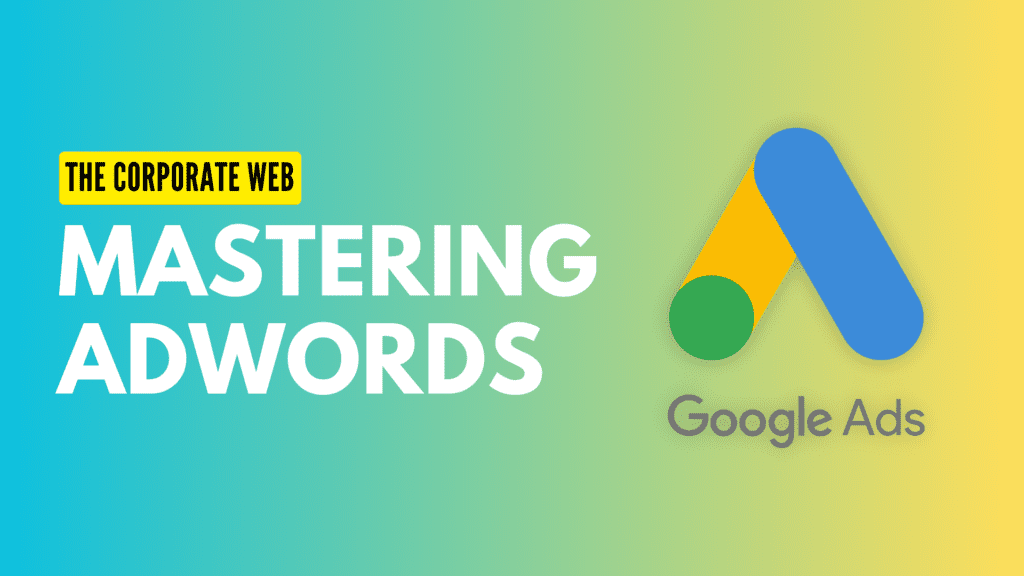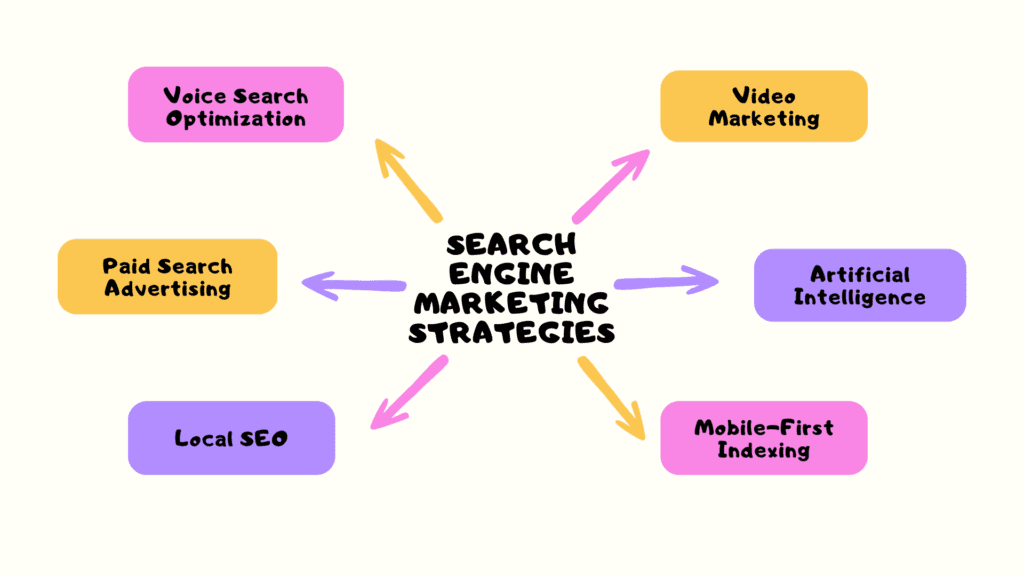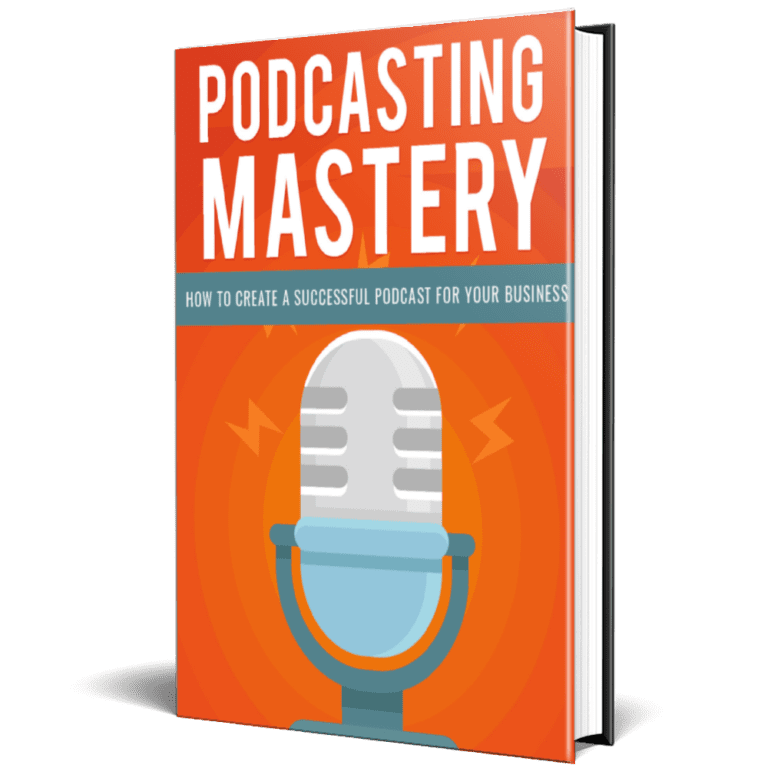Visual search is becoming increasingly popular as more and more users are shifting toward visual content. In this article, we will explore the rise of visual search and how to optimize your SEM strategy for images.
Introduction To Visual Search
Visual search refers to the use of images to search for information or products online. With the rise of visual content on social media platforms and the popularity of image-focused search engines like Pinterest and Google Images, visual search has become an integral part of online search behavior.
Visual search technology has been around for a while, but it has gained significant traction in recent years. The technology uses computer vision and machine learning algorithms to analyze images and recognize patterns, colors, shapes, and textures. Visual search can be used to find similar images, and products, or even identify objects in real-time.
Understanding Visual Search Technology
Visual search technology works by analyzing the visual features of an image and using them to match it with other similar images or products. The technology uses deep learning algorithms to understand the context of the image and provide accurate results.
There are different types of visual search technology, including reverse image search, which allows users to search for images similar to an existing one, and real-time visual search, which uses a smartphone’s camera to identify objects in the real world.
However, visual search technology has some limitations, including difficulty in recognizing small or blurry images and challenges in understanding the context of images.
Importance of Visual Search for SEM
Visual search has several benefits for search engine marketing (SEM). It allows marketers to reach a wider audience by providing a new way for users to discover products and services. Visual search also improves the user experience by providing more relevant and accurate search results.
Moreover, visual search can increase the return on investment (ROI) for SEM campaigns by improving click-through rates and conversions. According to a study by Slyce, a visual search provider, visual search can increase the conversion rate by up to 30%.
As visual search technology continues to evolve, it is expected to become a more significant part of SEM strategy in the future.
Steps to Optimize SEM Strategy for Visual Search
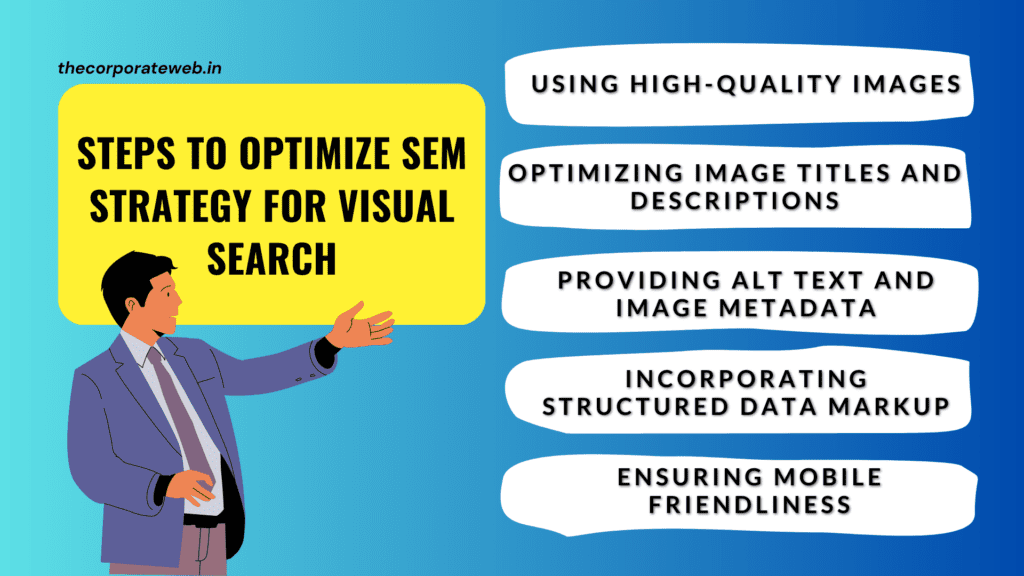
To optimize your SEM strategy for visual search, there are several steps you can take:
1. Using High-Quality Images
High-quality images that are clear and well-lit can help improve the accuracy of visual search results.
2. Optimizing Image Titles and Descriptions
Optimizing image titles and descriptions with relevant keywords can also help improve visibility in search results. This means that the text accompanying the image should be descriptive, accurate, and optimized for search engines.
3. Providing Alt Text and Image Metadata
Alt text provides a description of the image that is read by screen readers for visually impaired users. This can also improve the accessibility of the website. Additionally, image metadata, such as tags and captions, can provide additional information about the image and help search engines understand its context.
4. Incorporating Structured Data Markup
Structured data markup is code added to a website that provides search engines with additional information about the content on the page. This can include information about the image, such as the title, description, and alt text. This helps search engines understand the content of the page and can improve its visibility in search results.
5. Ensuring Mobile-Friendliness
Visual search is often performed on mobile devices, so it is crucial to ensure that the website is optimized for mobile users. This includes having a responsive design, optimizing images for mobile screens, and ensuring fast loading times.
Best Practices for Visual Search Optimization
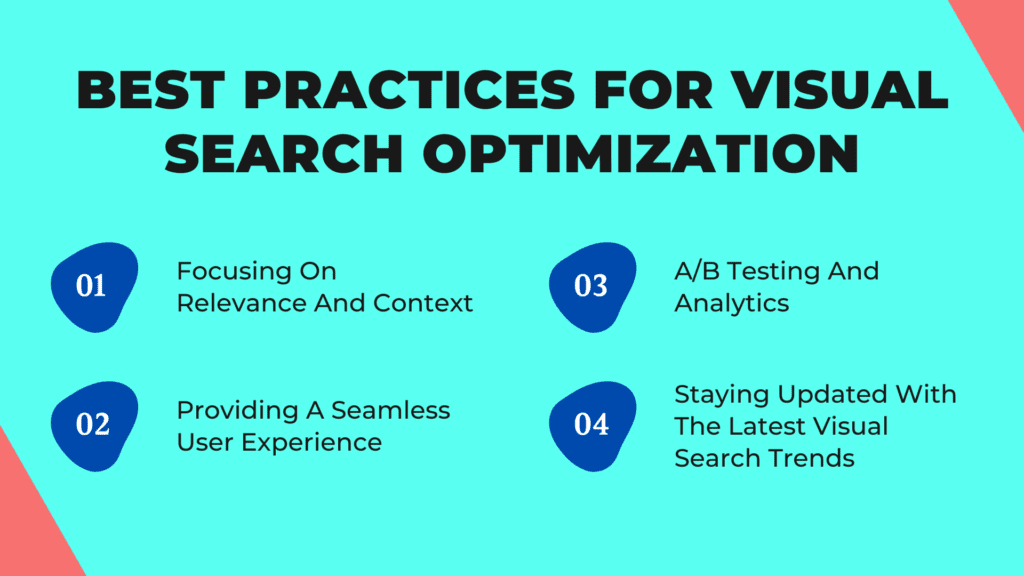
In addition to the steps outlined above, there are several best practices to keep in mind when optimizing your SEM strategy for visual search.
1. Focusing on Relevance and Context
Visual search relies on understanding the context of an image, so it is crucial to provide images that are relevant to the search query. This means that the images should accurately represent the product or service being offered, and the accompanying text should provide additional context.
2. Providing a Seamless User Experience
The user experience is essential for any SEM strategy, and this holds true for visual search as well. Providing a seamless and intuitive user experience can improve engagement and increase the likelihood of conversions. This can include features such as filters, sorting options, and easy navigation.
3. A/B Testing and Analytics
A/B testing can help determine which visual search strategies are most effective in driving conversions. Additionally, tracking analytics can help identify areas for improvement and refine the SEM strategy for optimal results.
4. Staying Updated with the Latest Visual Search Trends
Visual search technology is constantly evolving, so it is important to stay updated with the latest trends and innovations. This includes keeping up with new search engines and platforms that incorporate visual search technology.
Conclusion
Visual search is becoming an increasingly important part of search engine marketing. By optimizing your SEM strategy for visual search, you can reach a wider audience, improve the user experience, and increase conversions.
By following best practices and staying updated with the latest trends, you can ensure that your SEM strategy remains effective in the ever-changing landscape of visual search technology.
Read More: The Dos And Don’ts Of SEM: Common Mistakes To Avoid
FAQs Related To Visual Search
What is the difference between visual search and traditional search?
Visual search allows users to search for information using images instead of text. The traditional search uses keywords to search for information.
Can visual search improve the user experience of an e-commerce website?
Yes, visual search can improve the user experience of an e-commerce website by providing a more intuitive and engaging search experience.
How do I measure the success of my visual search optimization efforts?
You can measure the success of your visual search optimization efforts by tracking metrics such as click-through rates, conversions, and bounce rates.
Is there a specific size or format for images that work best for visual search optimization?
While there is no specific size or format that works best for all platforms, it is recommended to use high-quality images that are clear and well-lit.
How can I stay updated with the latest visual search trends?
You can stay updated with the latest visual search trends by following industry publications, attending conferences and events, and staying informed about new search engines and platforms.

